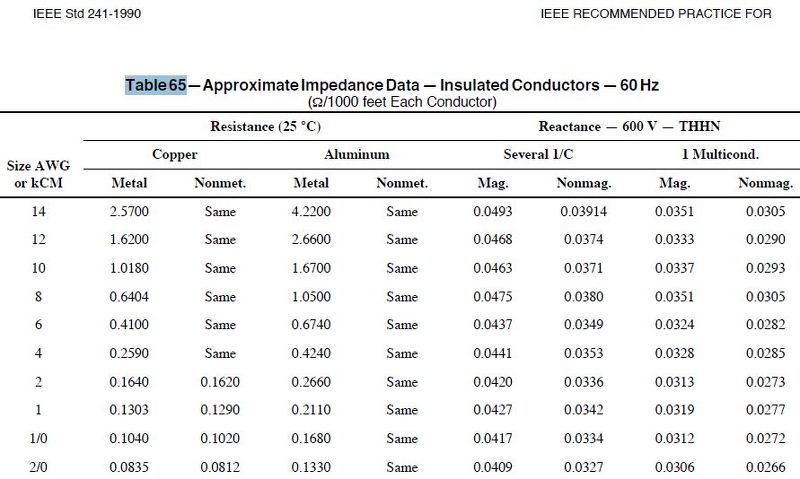mbrooke
Batteries Included
- Location
- United States
- Occupation
- Technician
Using page 7 and onward as a reference, are the short circuit calculations shown accurate enough for breaker AIC sizing purposes? If so, how much do they deviate from symmetrical components and X and R calculations? Will they ever produce values below a "real" short circuit calculation?
What about 3 phase grounded wye?
Also why don't molded case breakers list the X/R ratio they base their fault current on? Is there ever a time when the X/R ratio of a 600 volt and under scenario will exceed that of the breaker?
For the sake of the discussion lets assume the POCO transformer primary is an infinite source.
https://www.scribd.com/document/352073226/Lecture-12-Voltage-Drop-and-Short-Circuit-Calculation
What about 3 phase grounded wye?
Also why don't molded case breakers list the X/R ratio they base their fault current on? Is there ever a time when the X/R ratio of a 600 volt and under scenario will exceed that of the breaker?
For the sake of the discussion lets assume the POCO transformer primary is an infinite source.
https://www.scribd.com/document/352073226/Lecture-12-Voltage-Drop-and-Short-Circuit-Calculation


